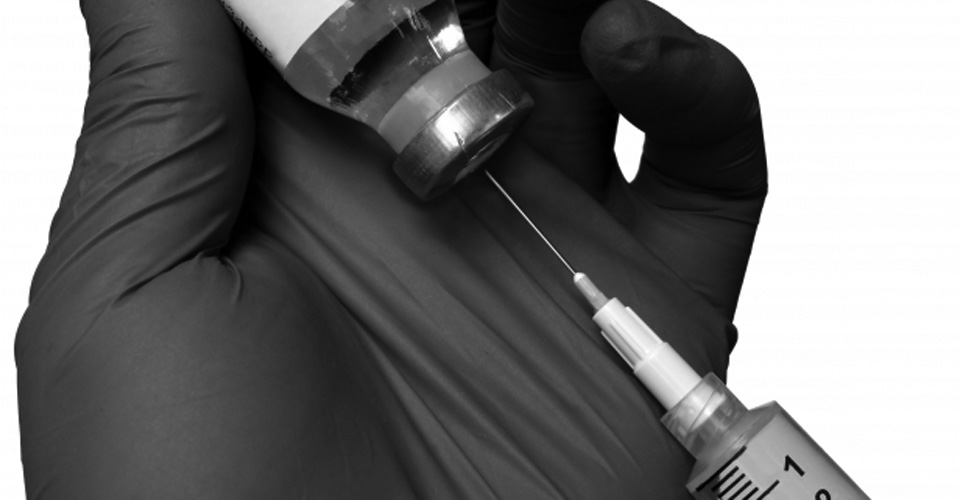This article is the fourth in a series about the epidemic of addiction to prescription pain medications, and how NEOMED is training future physicians and pharmacists to help.
When Narcan became a verb: Maybe that’s one marker on the timeline of the heroin overdose crisis in Northeast Ohio.
Or was the turning point when health-care workers, police and families began learning about Narcan—an antidote also known by its generic name, naloxone, that sometimes can pull people back from the precipice after they overdose?
Or was it when the problem became such an epidemic that not only physicians but also family members and law enforcement officers needed to carry a supply of Narcan and be trained to use it?
Any way you look at it, the life-saving verb has entered everyday vocabulary. Rebecca Merrill, M.D., an assistant professor of emergency medicine, supervises NEOMED students in the Cleveland Clinic Akron General Hospital Emergency Department. One recent weekend, she says, “We actually turned our triage rooms into heroin O.D. rooms. All we did was Narcan people and watch them in those rooms, then put freshly Narcan’d people in those rooms.’’
A Student’s Perspective
So, what’s it like to be a NEOMED College of Medicine student doing a rotation in an Emergency Department, coping with overdoses all around you?
Shilp Shah, a fourth-year medicine student, is now doing an Emergency Department rotation at his second large Akron hospital. “You may see up to four, five six, even seven overdoses in an eight-hour shift,’’ he says. It didn’t take long for him to see a pattern of people trying to turn things around and not being able to do it. He has lost friends to the addiction.
“All the provider sees is the end of the story—the person being rolled into the Emergency Department. You don’t see everything that happened before that: the person going to meetings, getting evicted, not being able to hold a job, trying to stay clean, trying to get into facilities, having a family crisis or losing a family member. All of that happens outside the hospital,’’ says Shah.
The son of an internist and a psychiatrist, Shah credits the Human Values in Medicine courses taught by Joseph Zarconi, M.D. and Delese Wear, Ph.D., with helping students to thoughtfully consider what life is like for patients with addictions. He understands how physicians can become cynical or frustrated, especially when they recognize people who are repeatedly returning to the ED for the same reason. But Shah was touched by a patient who said, “I’m sorry, I know how many resources this is using for you guys to bring me in and treat me.’’
“I think there was a lot of shame in it for him,’’ says Shah. “Addiction seems like a choice to people. I don’t really think it’s a choice. For anyone, if you fed us opiates for a few weeks, we’d end up in this situation.’’
A Fleeting Moment
Shah’s biggest frustration comes in not being able to fix the problem, the way a physician can repair another ED trauma—say, a broken bone or a gunshot wound. Administering naloxone saves lives, but for some people it’s only a temporary solution. Shah notes the serious local shortage of detox/rehabilitation facilities that could help patients get clean and stay that way.
Timing matters. “You can lose them at that moment when they decide, ‘I want to make a change,’ if they are put on a long waiting list for a rehabilitation facility,’’ he says.
“It’s a fleeting moment.’’
